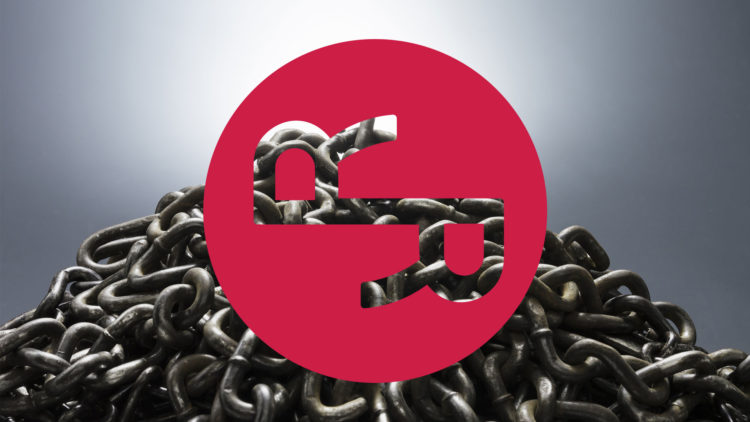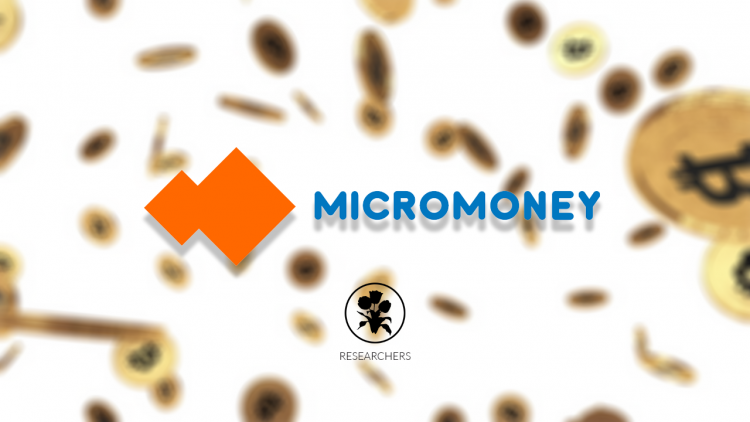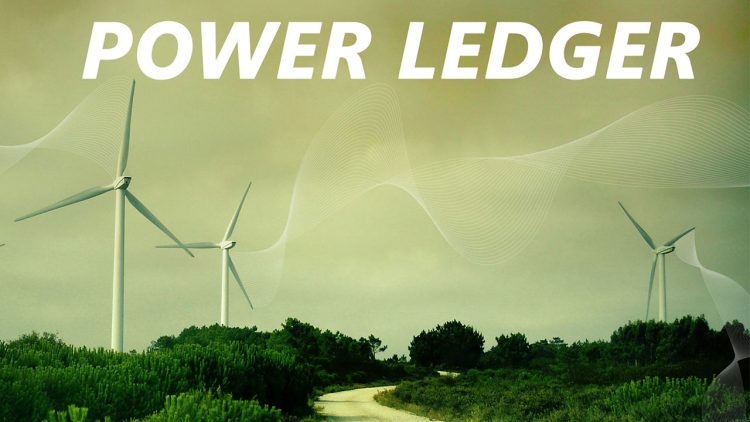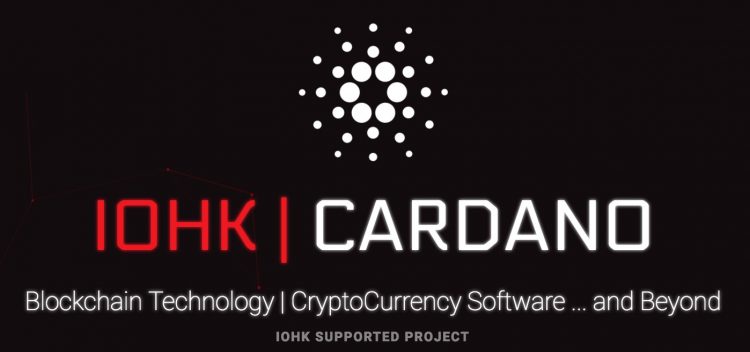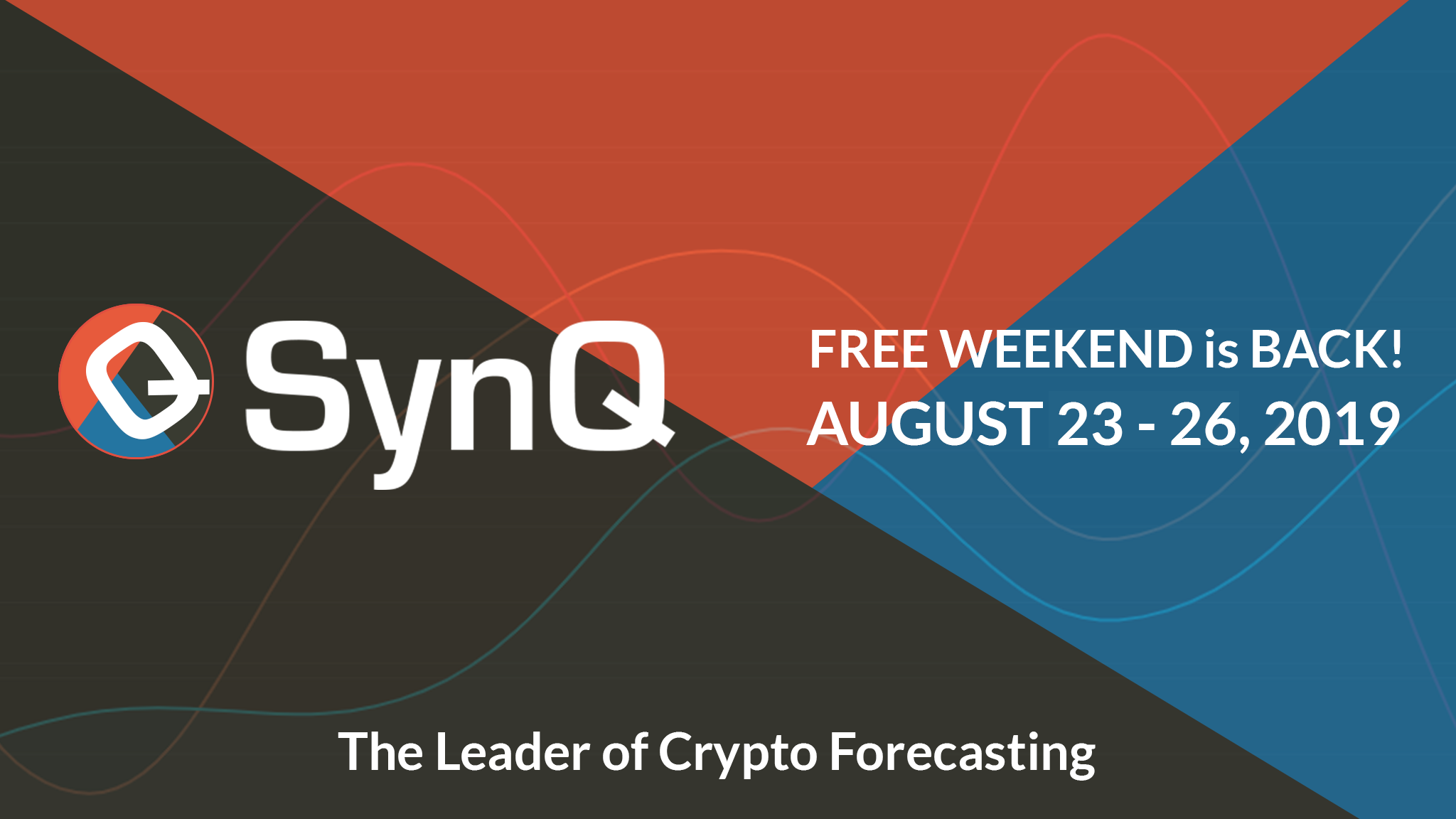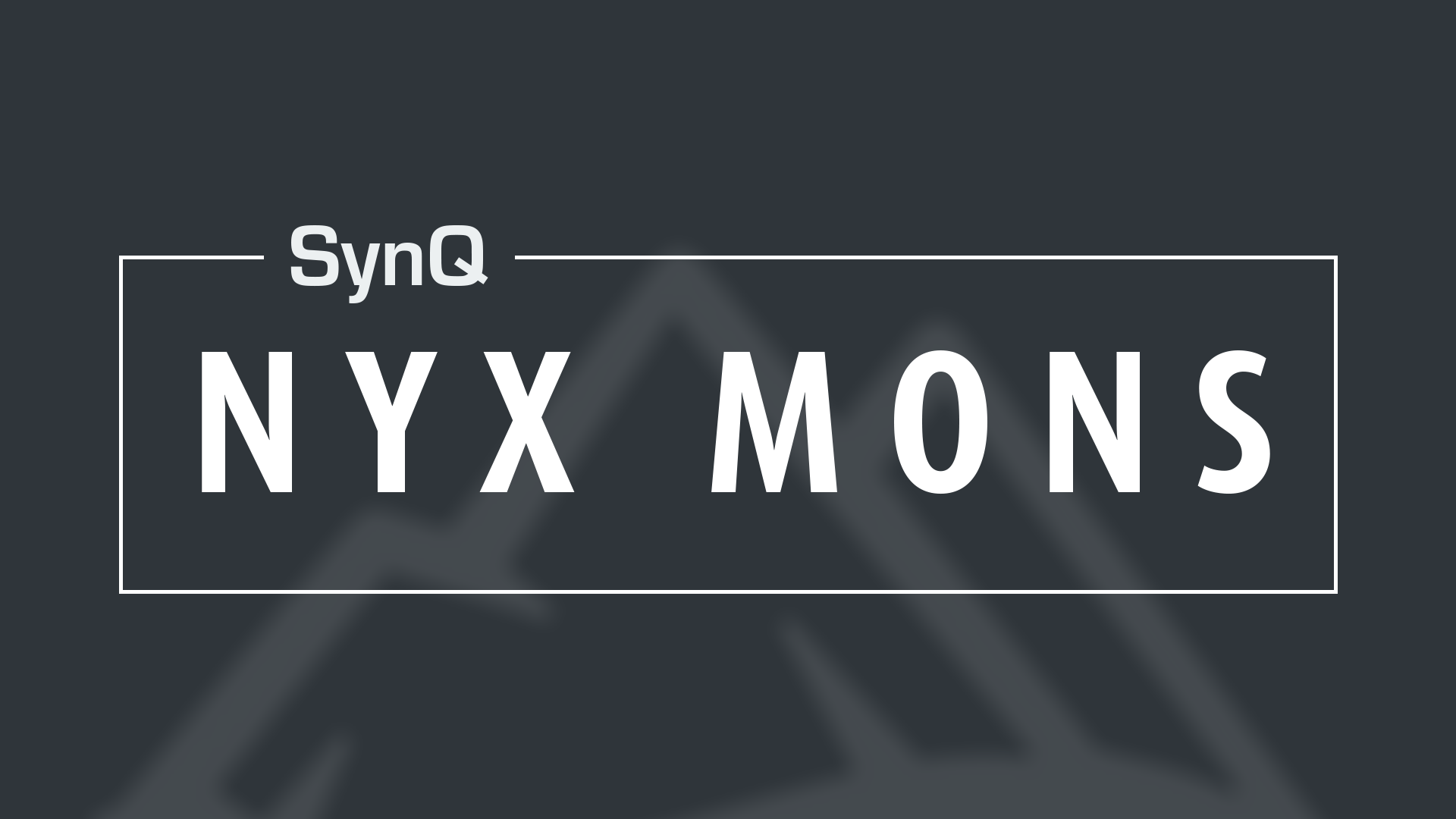As cryptographic technology advances, it’s natural for generational gaps to exist. Bitcoin is considered a 1st-gen cryptocurrency, Ethereum a 2nd-gen crypto. There will exist a group of modern cryptocurrencies that will be considered the 3rd generation – Cardano, Komodo, and EOS are three we covered in our Premium Syndicate Report for January. To show you the type of fundamentals break down these reports carry, we’ve extracted RChain from the Premium Report to release to our blog for free. We’re giving you insight into how we process the Fundamental and Market analysis in our Premium Reports and open the doors on the exciting RChain project to all.
RChain will undoubtedly be a very solid competitor in the league of 3rd-generation tokens. With the addition of all these powerhouses, projects such as Ethereum will have to work hard to maintain market relevance long-term.
Overview
RChain is an open-sourced project with the goal of building a decentralized and censorship-resistant economic blockchain platform to be used as a public computing infrastructure.
Powered by smart contracts, similar to EOS, ADA, and ETH, the platform aims to be trustworthy and scalable with a PoS consensus. Smart contracts enable dApps to provide features to the blockchain such as identity, tokens, timestamp, reputation, financial services, and monetized content delivery to form exchanges, private social networks, marketplaces, etc.
RChain contracts are written in Rholang, the platform’s programming language. Designed to support internal programmatic concurrency, it can formally express the communication and coordination of processes running in parallel. This is key to the internal mechanisms of the platform.
Due to the inherent internal concurrency of RChain nodes, each node is not required to run the namespaces of all blockchains, only those they want enabled. This feature improves the scalability of Rchain, and because the Rholang language was built from provable mathematics, it can also be considered trustworthy.
The structure of the platform is complex:

A visualization of Rchain’s architecture.
RChain is designed with JVM as the basic foundation. The Rho Virtual Machine Execution Environment (EE) will operate on the Trusted Java Libraries (JVM) to power the RhoVM instances. The RhoVM EE can support multiple individual RhoVM(s), with each running a smart contract concurrently and in a multi-threaded fashion. A multiplex of independently operating RhoVM instances will operate on nodes across the network at any given time, with each executing and validating transactions for their associated blockchains or namespaces.

RhoVM process structure as shown above.
The concurrent structure allows for independent processes to compose into complex processes without competing for resources. Along with the compositional namespaces, this architecture will enable a multi-chain (multiple blockchains per node) effect where transactions are performed on independently executing VM instances.
A system of these interconnected nodes form the RChain Network with nodes directly communicating P2P. Each node operates with a set of dApps on top and the included essential System Contracts, written in Rholang. These contracts facilitate system processes, including running RhoVM instances, load balancing, managing dApp contracts, tokens, node trust, etc.
The Data Abstraction Layer will provide monadic (functional programming) access to data and other nodes in the network. As an advancement of Synereo’s SpecialK infrastructure, the layer will provide decentralized content delivery, key-value database, inter-node messaging, and data access patterns to the platform.

RChain’s structural design.
A PoS protocol called Casper will be responsible for the chain’s replication and consensus. Comparable to Ethereum smart contracts, RChain nodes will receive signed transactions and the VM instances are to execute them to progress a contract’s state. Node operators, or bonded validators, will apply the consensus algorithm to verify that the log of state configurations and transitions of the VM instances are accurately recorded.
However, unlike Ethereum, the proof-of-stake protocol of RChain is unique in that it bets on logical propositions. A proposition is defined as a set of statements about the blockchain, determining which transaction should occur first. Validator nodes will compute a maximally consistent subset of propositions. Once consensus is reached, the next block can be generated by finding a minimal model under which the propositions are valid. Thanks to the transactional isolation per namespaces and instances, most blocks can be created in parallel.
TOKEN
The Rchain token system contracts include two types of protocol access tokens:
- Staking tokens – These are the required tokens to run consensus. Phlogiston is RChain’s measure of the cost of resources and is comparable to gas in Ethereum. The Phlogiston token is multi-dimensional and is dependent on usage of computing, storage, and bandwidth resources. Additional staking tokens may be introduced through official releases.
- Application tokens – On par with ERC20 tokens, application tokens are optional and could be required to access certain dApps. New application tokens are introduced by dApp developers of the platform.
TEAM

GREG MEREDITH President of The RChain Cooperative. Previously worked as Principal Architect of Microsoft’s BizTalk Process Orchestration, Principal Architect of Microsoft’s Highwire, Principal Architect of ATM Network management solution for ATT/NCR and Co-designer and developer of MCC’s Rosette/ESS technology.

EVAN JENSEN Secretary of The RChain Cooperative. Evan is an attorney with special interests in progressing crypto-related law. Evan is also legal counsel for The RChain Cooperative.

IAN BLOOM Worked as a Microsoft Software Engineer for AEGON, Computer Security Specialist for Fortress Technologies & Kroll.

VLAD ZAMFIR Vlad is known for his R&D work on Casper, the PoS consensus protocol for the Ethereum project.
Analysis
RChain is an incredible project by design, and the team and support behind the platform are quite impressive. The Board of Directors is large (only a few members are shown above). However, each member is very well-educated with substantial credentials. By design, RChain is structurally and fundamentally unique, bringing innovation to an otherwise repetitive market.
- Ticker: $RHOC
- Total Supply: 870,663,574 RHOC
- Circulating Supply: 344,086,289 RHOC
- Current Market Cap: $654,465,885 USD
- Available on Kucoin, EtherDelta
Flags on potential Binance listing of RHOC in the coming weeks may see positive price action on the asset in short to mid-term (2-7 weeks). Project progress, overall roadmap direction, and positive consumer sentiment – including the enthusiast demographic, puts RHOC at a 2018 prospect for a large upside once the project becomes less synthetic (currently an 87ss on the Synthetic Valuation Scale due to age of the project and progress against the roadmap).
Entries under 20,000 per RHOC at the supply levels are sound, if RHOC can get a stable valuation in the markets above a $1.0 Billion USD market cap in the coming months. Trend analysis against RHOC and its buying patterns shows a 0.895 Pr on a $1.25 – $1.54 Billion USD market cap in the foreseeable future (Q2 – Q3 2018).
Sources
- https://media.readthedocs.org/pdf/rchain-architecture/stable/rchain-architecture.pdf
- http://rchain-architecture.readthedocs.io/en/latest/introduction/motivation.html
- https://www.rchain.coop/
- https://hacked.com/seattle-based-rchain-sees-large-capital-flows-rhoc-cryptocurrency/
- https://en.wikipedia.org/wiki/RChain
- https://github.com/rchain/
- https://themerkle.com/what-is-rchain/
- https://twitter.com/rchain_coop?lang=en
- https://blog.coinfund.io/an-introduction-to-rchain-d5fe303e9fe1
- https://medium.com/@giotto_3438/rchain-the-real-scalable-blockchain-4be5a43b722b
- https://bitcointalk.org/index.php?topic=1747033.0
- https://www.linkedin.com/company/rchain-cooperative
- https://www.smithandcrown.com/sale/rchain/
- http://www.blockdiscover.com/icos/rchain-ico-review-analysis/
- http://www.prweb.com/releases/2017/09/prweb14729718.htm

